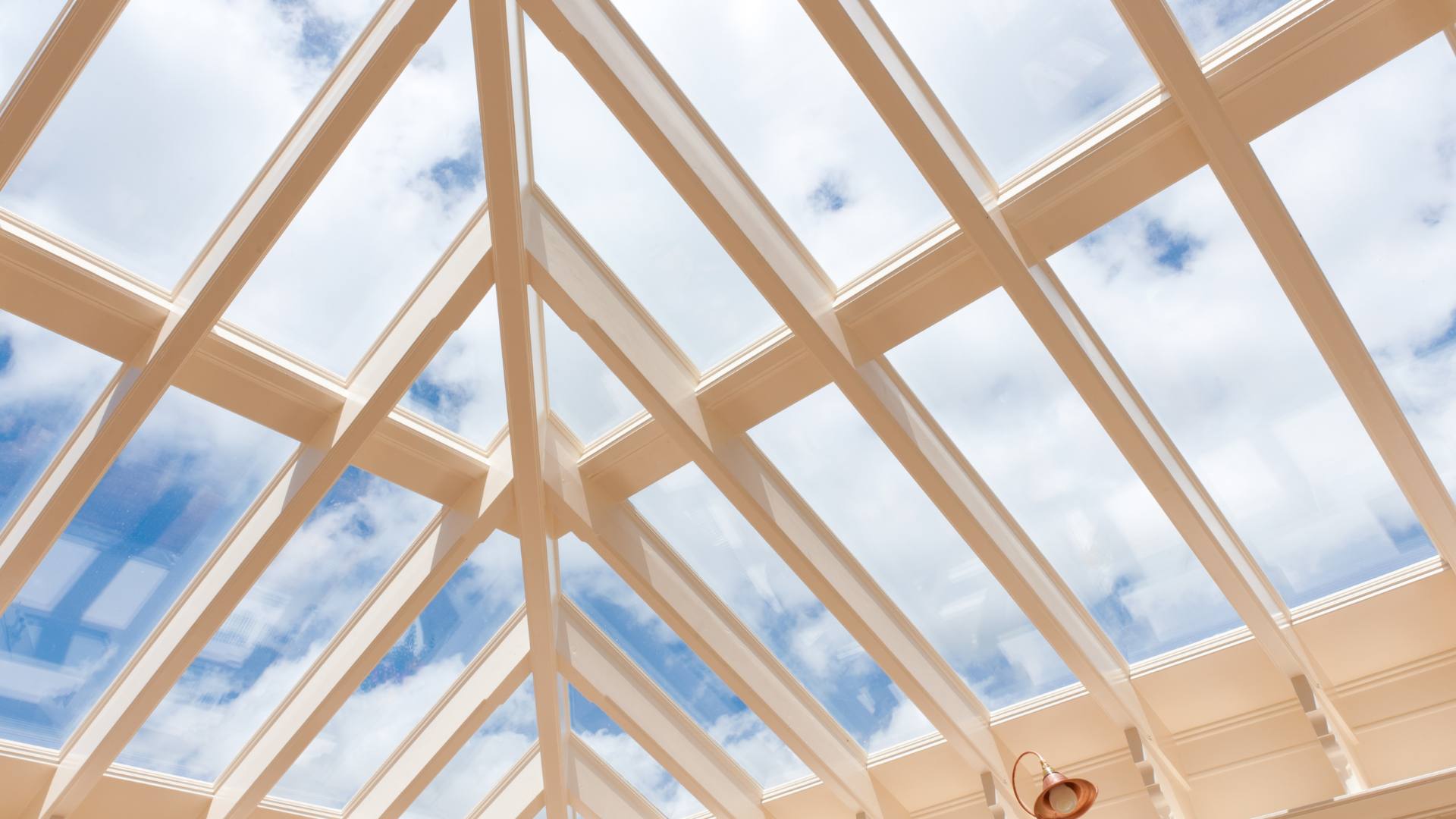Are Skylights Energy Efficient?

How to Ensure Your Skylights Are Energy Efficient: A Comprehensive Guide.
When undertaking skylight installation, choosing the right placement and ensuring careful installation are crucial factors that significantly impact the indoor climate of a building, the daily comfort of its occupants, and the overall energy consumption and cost savings. A perfectly placed skylight can flood a space with natural light throughout the day and even naturally warm up an otherwise chilly room, contributing to a more energy-efficient and comfortable environment. To sidestep costly errors and ensure your skylights enhance energy efficiency, it’s critical to make informed decisions in the early stages of installation. This comprehensive guide underscores the pivotal role that strategic planning and execution play in maximizing the energy-saving potential of skylights.
1: Consider Your Location and Climate
Before diving into the size of the skylight (and other details), it is important to choose the best rooms for skylights based on their location. The position of the skylight can strongly affect the heat gain or loss.
In warmer climates, opting for north-facing slopes minimizes solar heat entry, while in colder climates, south-facing slopes maximize sunlight exposure, aiding in natural heating. Should north or south orientations not be feasible, east- and west-facing skylights offer a balanced solution, though with varying degrees of heat gain throughout the day.
The strategic choice of skylight placement, considering both location and prevailing climate conditions, can lead to substantial savings in heating and cooling expenses over time, aligning with the goal of enhancing energy efficiency.
2: Evaluate the Skylight’s Energy Performance Ratings
Understanding the skylight’s energy performance is crucial for optimizing efficiency, particularly through two key ratings: (1) the Solar Heat Gain Coefficient (SHGC) and (2) the U-Factor.
The SHGC measures the solar heat admitted through a skylight, with values below 1—higher numbers mean more solar heat is transmitted. This is advantageous in cooler climates where additional warmth is desired. Conversely, in warmer regions, a skylight with a lower SHGC is preferable to reduce cooling needs.
The U-Factor gauges the insulation effectiveness of a skylight, indicating how well it prevents heat from escaping (lower numbers are better, indicating higher insulation levels). The typical U-Factor range for skylights is about 0.20 to 1.20. Selecting skylights with the appropriate SHGC and U-Factor for your climate can significantly impact your energy savings and comfort levels. For an in-depth understanding of SHGC and U-Factor, explore further information here.
3: Factor in the Room’s Size and Skylight Proportions
The proportion of the skylight relative to the room’s total area plays a pivotal role in achieving energy efficiency. Before proceeding with a skylight installation, consider how its size will impact the space. The Department of Energy advises that the skylight should not exceed 5% of the room’s total area if there are already windows present. For rooms without windows, a larger skylight, up to 15% of the room’s area, can be considered to maximize natural light while maintaining energy efficiency. This guideline ensures that skylights contribute to the room’s comfort and energy balance without causing excessive heat gain or loss.
4: Choose the Right Installer for Your Skylight
The expertise of skylight installers is a critical factor that can greatly influence the energy efficiency and overall success of your skylight installation. It’s imperative to select a professional who is experienced in installing skylights and understands the nuances of ensuring they are energy efficient. Look for a reputable company or contractor who not only offers quality installation services but also provides guidance on the best practices for skylight placement, size, and energy performance ratings. This approach ensures that your skylight is installed with precision, optimizing its benefits and contributing to your home’s energy efficiency.
Ready to Enhance Your Space with Energy-Efficient Skylights?
Discover the difference a professionally installed, energy-efficient skylight can make in your home or commercial space. Our team at Skylight Concepts is dedicated to providing personalized solutions that align with your aesthetic and efficiency goals.
Contact us today to see how we’ll work with you on your skylight project, ensuring optimal performance and satisfaction.




